Home>Furniture & Design>Interior Design Trends>How Much Sugar In A Glass Of Sauvignon Blanc


Interior Design Trends
How Much Sugar In A Glass Of Sauvignon Blanc
Modified: October 21, 2024
Discover the latest interior design trends and tips for creating a stylish and functional space. Stay updated with the top trends in interior design for a modern and elegant home.
(Many of the links in this article redirect to a specific reviewed product. Your purchase of these products through affiliate links helps to generate commission for Storables.com, at no extra cost. Learn more)
Introduction
Sauvignon Blanc, a beloved white wine known for its crisp acidity and vibrant flavors, has garnered a dedicated following among wine enthusiasts and casual consumers alike. This popular varietal, originating from the Bordeaux region of France, has found its way into glasses around the world, captivating palates with its refreshing and versatile characteristics.
In recent years, there has been a growing interest in understanding the nutritional aspects of wine, including the sugar content. Many individuals are curious about the sugar levels in Sauvignon Blanc, particularly as they seek to make informed choices about their dietary and lifestyle preferences. As such, delving into the sugar content of this renowned wine can provide valuable insights for those looking to enjoy it responsibly.
In this article, we will explore the nuances of Sauvignon Blanc, shedding light on its sugar content and the impact it has on the overall drinking experience. Additionally, we will consider the implications of sugar in wine from a health perspective, offering a comprehensive overview that will empower readers to make informed decisions when selecting and savoring this beloved varietal. Let's embark on a journey to uncover the secrets of Sauvignon Blanc, from its sugar composition to its influence on flavor and beyond.
Key Takeaways:
- Sauvignon Blanc has low to moderate sugar, allowing its zesty acidity and fruit flavors to shine. It’s a refreshing choice for those who prefer a crisp and invigorating wine experience.
- Enjoy Sauvignon Blanc mindfully, considering its low sugar and moderate alcohol content. It’s a versatile and health-conscious option for those seeking a balanced wine choice.
Understanding Sauvignon Blanc
Sauvignon Blanc, a versatile and expressive white wine, is celebrated for its distinctive characteristics that set it apart from other varietals. Originating from the Bordeaux region of France, this grape has made its mark on the global wine stage, with renowned expressions hailing from regions such as New Zealand, California, and South Africa.
One of the defining features of Sauvignon Blanc is its vibrant acidity, which lends a refreshing and zesty quality to the wine. This acidity is often accompanied by a medley of aromas and flavors, ranging from citrus fruits like grapefruit and lime to tropical notes such as passion fruit and pineapple. Additionally, Sauvignon Blanc is known for its herbaceous and grassy undertones, adding layers of complexity to its profile.
The winemaking process plays a pivotal role in shaping the character of Sauvignon Blanc. From stainless steel tanks to oak barrels, different approaches can influence the wine's texture and flavor profile. For instance, aging in stainless steel typically preserves the wine's crisp and fruit-forward attributes, while oak aging can impart creamy textures and nuanced layers of vanilla and spice.
Furthermore, the climate and terroir in which Sauvignon Blanc grapes are cultivated contribute to the wine's overall expression. Cool climates often yield wines with pronounced acidity and vibrant fruit flavors, while warmer regions may produce richer and more opulent styles.
Sauvignon Blanc's adaptability makes it a versatile companion to various cuisines and occasions. Whether enjoyed as a standalone aperitif or paired with seafood, salads, or light poultry dishes, this wine's lively acidity and flavorful profile make it a delightful choice for a wide array of culinary experiences.
In essence, understanding Sauvignon Blanc entails appreciating its dynamic nature, from its aromatic bouquet to its palate-cleansing acidity. This varietal's ability to captivate the senses and complement diverse gastronomic adventures underscores its enduring appeal among wine enthusiasts and casual consumers alike.
Sugar Content in Sauvignon Blanc
Sauvignon Blanc, renowned for its vibrant and refreshing character, is often associated with a crisp and dry profile. When it comes to sugar content, this white wine typically falls on the lower end of the spectrum, making it a popular choice for those seeking a drier wine experience. The sugar content in Sauvignon Blanc can vary depending on factors such as winemaking techniques, grape ripeness, and regional influences.
In general, Sauvignon Blanc is recognized for its low to medium levels of residual sugar, with most examples containing less than 3 grams per liter. This minimal residual sugar contributes to the wine's overall dryness, allowing its bright acidity and fruit-forward flavors to take center stage. However, it's important to note that the perception of sweetness in wine is not solely determined by sugar content; factors such as acidity, alcohol level, and fruit flavors also play a significant role in shaping the taste profile.
Winemakers employ various methods to control the sugar levels in Sauvignon Blanc, ensuring that the wine maintains its characteristic balance and vibrancy. For instance, harvesting the grapes at different stages of ripeness can influence the sugar content, with earlier harvests often yielding grapes with lower sugar levels and higher acidity. Additionally, fermentation techniques, such as temperature control and the use of specific yeast strains, allow winemakers to manage the conversion of grape sugars into alcohol, further shaping the wine's final sugar composition.
Regional influences also contribute to the sugar content in Sauvignon Blanc. For example, wines from cooler climates may exhibit higher acidity and lower sugar levels, resulting in a crisper and more refreshing profile. In contrast, Sauvignon Blanc from warmer regions might display riper fruit flavors and a slightly more pronounced sweetness, albeit still within the dry wine category.
Overall, the sugar content in Sauvignon Blanc aligns with its reputation as a dry and invigorating white wine. By maintaining low to moderate levels of residual sugar, this varietal showcases its vibrant acidity and expressive fruit character, offering a delightful drinking experience for enthusiasts seeking a refreshing and versatile wine option.
When it comes to sugar content, most Sauvignon Blanc wines are considered dry, meaning they have very little residual sugar. On average, a 5 oz glass of Sauvignon Blanc contains less than 1 gram of sugar.
Impact of Sugar on Flavor
The presence of sugar in wine plays a pivotal role in shaping its overall flavor profile. In the context of Sauvignon Blanc, the impact of sugar on flavor is a nuanced interplay that influences the wine's sensory attributes and drinking experience.
Sauvignon Blanc, known for its vibrant acidity and expressive fruit character, benefits from a balanced interplay of sugar and acidity. The minimal residual sugar typically found in this varietal allows its bright acidity to shine, contributing to a refreshing and lively palate sensation. The absence of excessive sweetness enables the wine's fruit flavors to take center stage, showcasing notes of citrus, tropical fruits, and subtle herbaceous nuances with clarity and precision.
Moreover, the interaction between sugar and acidity in Sauvignon Blanc contributes to its overall balance and structure. The crisp acidity, coupled with restrained sugar levels, creates a harmonious tension that enlivens the wine's flavor profile, offering a dynamic interplay of zesty freshness and fruit-driven vibrancy. This equilibrium enhances the wine's drinkability and versatility, making it an ideal companion for a wide range of culinary pairings and occasions.
Furthermore, the impact of sugar on flavor extends to the textural dimension of Sauvignon Blanc. With minimal residual sugar, this wine often exhibits a dry and clean finish, allowing its vibrant acidity to provide a refreshing and palate-cleansing sensation. The absence of overt sweetness contributes to a light and agile mouthfeel, accentuating the wine's lively and invigorating character.
In essence, the impact of sugar on the flavor of Sauvignon Blanc underscores the varietal's commitment to a crisp and fruit-forward drinking experience. By maintaining low to moderate levels of residual sugar, this white wine showcases its vibrant acidity, expressive fruit aromas, and refreshing palate sensation, offering a delightful and versatile option for enthusiasts seeking a balanced and invigorating wine experience.
Health Considerations
When considering the health implications of consuming Sauvignon Blanc, it's essential to approach the topic with a balanced perspective. While moderate wine consumption has been associated with potential health benefits, including cardiovascular and antioxidant properties, it's crucial to be mindful of the sugar and alcohol content in the context of overall well-being.
Sauvignon Blanc, known for its vibrant acidity and refreshing character, typically contains low to moderate levels of residual sugar. This aspect aligns with the preference for drier wine styles among individuals seeking to manage their sugar intake. By opting for wines with minimal residual sugar, such as Sauvignon Blanc, consumers can enjoy a lighter and crisper wine experience without an overwhelming sweetness, making it a suitable choice for those mindful of their sugar consumption.
Furthermore, the alcohol content in Sauvignon Blanc warrants consideration from a health standpoint. While moderate alcohol consumption has been linked to potential health benefits, including the reduction of heart disease risk, it's important to consume wine responsibly and within recommended limits. Being aware of the alcohol by volume (ABV) percentage in Sauvignon Blanc can guide individuals in making informed choices aligned with their health goals and overall well-being.
In addition to sugar and alcohol content, the overall nutritional aspects of Sauvignon Blanc should be taken into account. This includes factors such as calorie content and potential allergens, which may be relevant to individuals with specific dietary considerations or health conditions. Understanding the nutritional profile of Sauvignon Blanc can empower consumers to make informed decisions that align with their individual health and wellness needs.
It's worth noting that individual responses to wine consumption can vary, and factors such as personal health history, medication use, and lifestyle choices should be considered when evaluating the impact of wine on one's well-being. Consulting with healthcare professionals or registered dietitians can provide personalized guidance on incorporating wine, including Sauvignon Blanc, into a balanced and health-conscious lifestyle.
In essence, when contemplating the health considerations of Sauvignon Blanc, it's essential to approach wine consumption with mindfulness and moderation. By being cognizant of the sugar, alcohol, and overall nutritional aspects of this beloved varietal, individuals can savor Sauvignon Blanc as part of a well-rounded approach to health and wellness.
Conclusion
In conclusion, Sauvignon Blanc stands as a captivating embodiment of vibrant acidity, expressive fruit character, and a commitment to a refreshing and versatile wine experience. Delving into the sugar content of this beloved varietal has shed light on its dedication to a dry and invigorating profile, with low to moderate levels of residual sugar allowing its zesty acidity and fruit-forward flavors to take center stage.
The interplay of sugar and acidity in Sauvignon Blanc has been revealed as a harmonious balance that enhances its flavor profile, contributing to a dynamic and lively drinking experience. By maintaining minimal residual sugar, this white wine showcases its commitment to a crisp and fruit-forward palate sensation, offering a delightful option for enthusiasts seeking a balanced and invigorating wine experience.
Furthermore, the health considerations surrounding Sauvignon Blanc underscore the importance of mindful and moderate consumption, aligning with individuals' preferences for managing sugar and alcohol intake. By being aware of the sugar and alcohol content, as well as the overall nutritional aspects, consumers can make informed choices that resonate with their health and wellness goals.
As we navigate the world of wine, understanding the nuances of Sauvignon Blanc, from its sugar composition to its impact on flavor and health considerations, empowers us to savor this beloved varietal with a deeper appreciation for its dynamic nature and culinary versatility. Whether enjoyed as a standalone aperitif or paired with a myriad of dishes, Sauvignon Blanc's commitment to a refreshing and vibrant drinking experience continues to captivate wine enthusiasts and casual consumers alike.
In essence, the journey to uncover the secrets of Sauvignon Blanc has illuminated its enduring appeal, from its minimal residual sugar to its invigorating palate sensation, offering a delightful and versatile option for those seeking a balanced and refreshing wine experience. As we raise our glasses to this beloved varietal, may each sip be a celebration of its vibrant character and the joy it brings to wine enthusiasts around the world.
Frequently Asked Questions about How Much Sugar In A Glass Of Sauvignon Blanc
Was this page helpful?
At Storables.com, we guarantee accurate and reliable information. Our content, validated by Expert Board Contributors, is crafted following stringent Editorial Policies. We're committed to providing you with well-researched, expert-backed insights for all your informational needs.

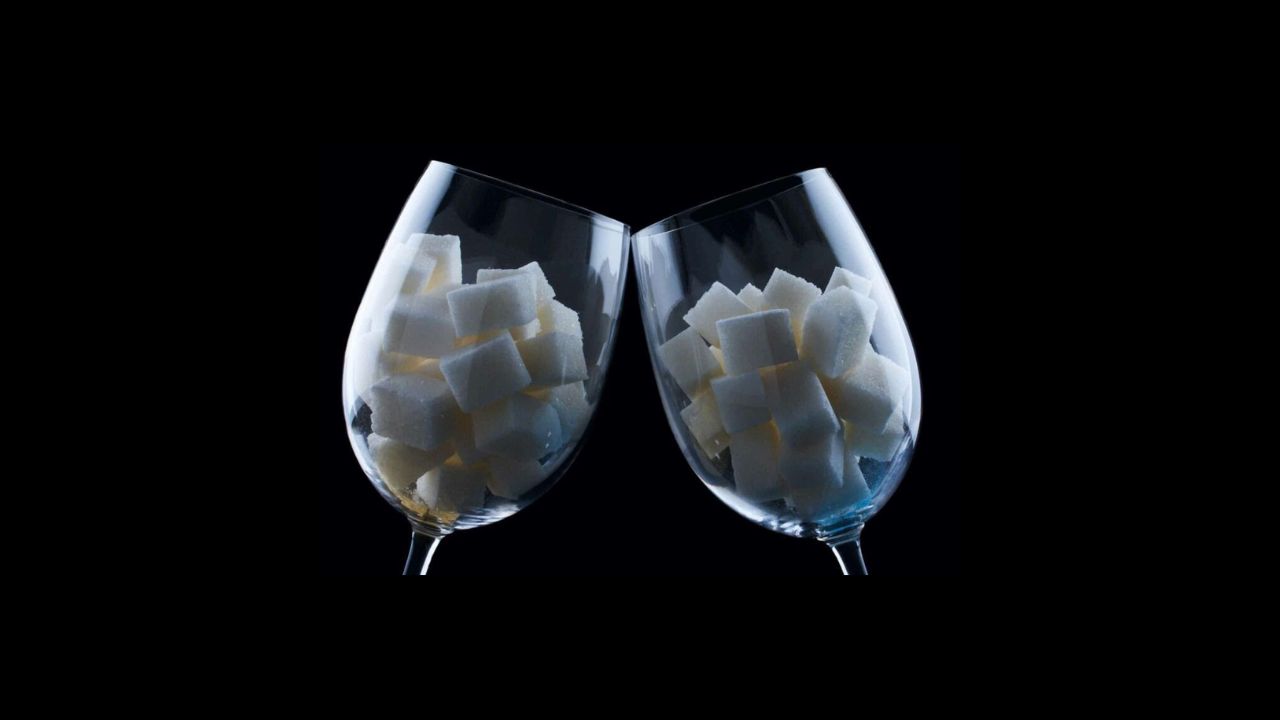

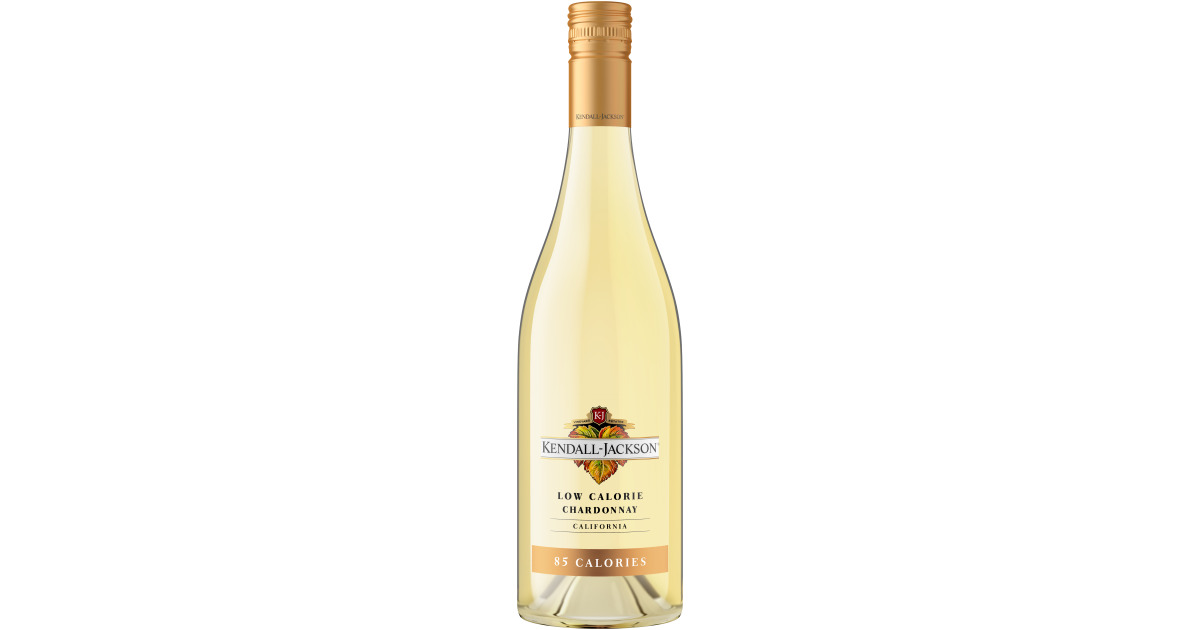
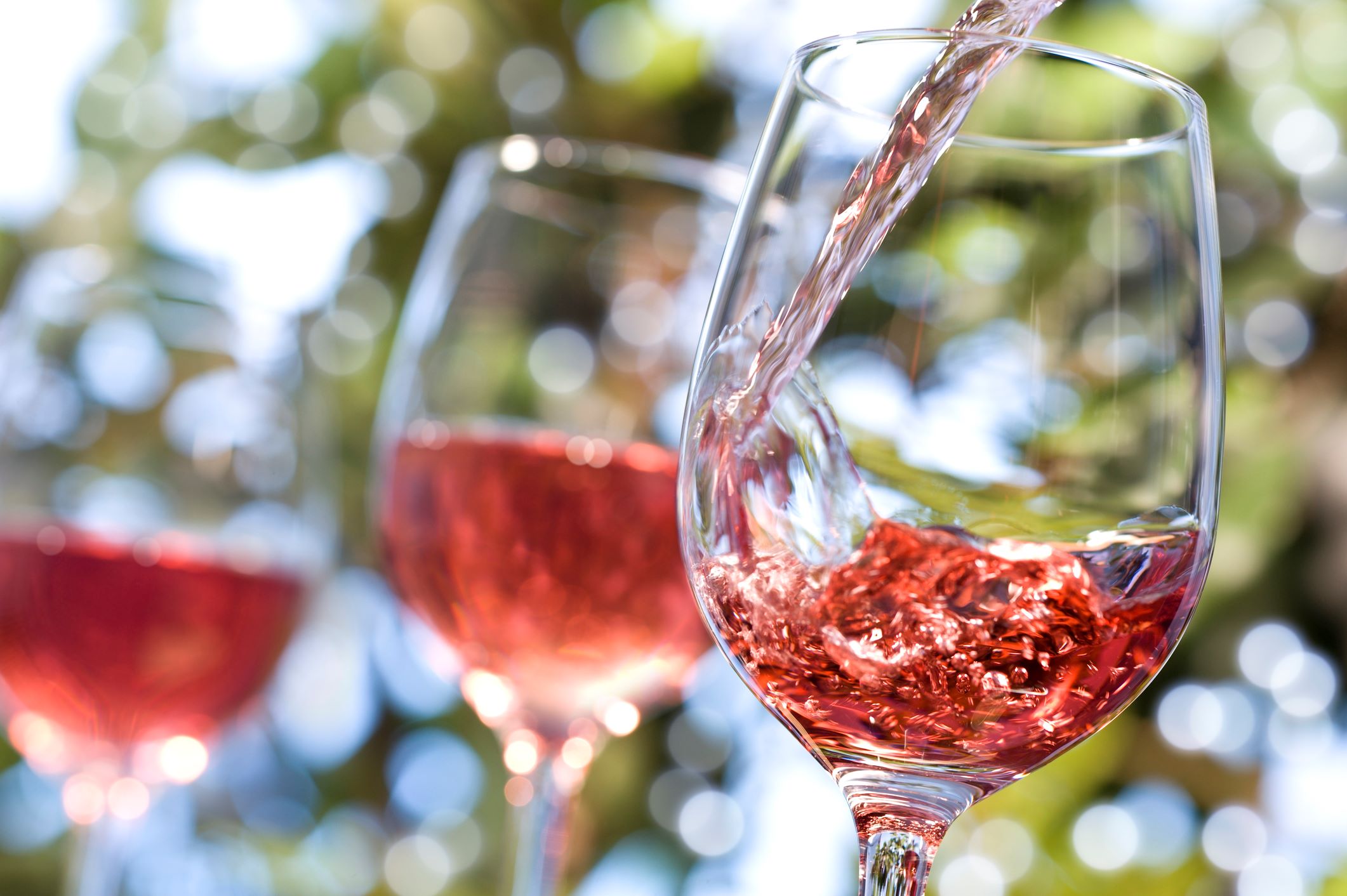

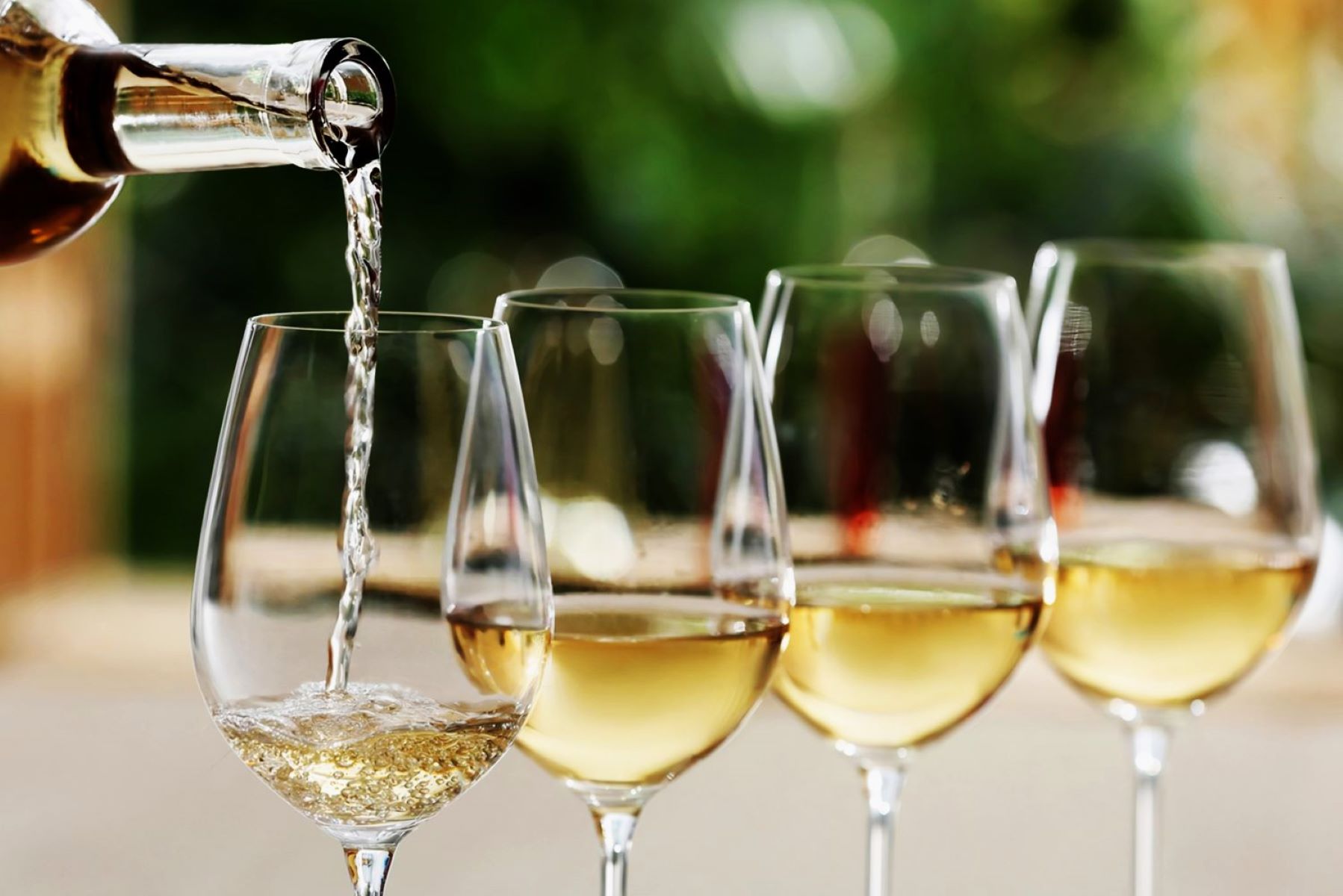
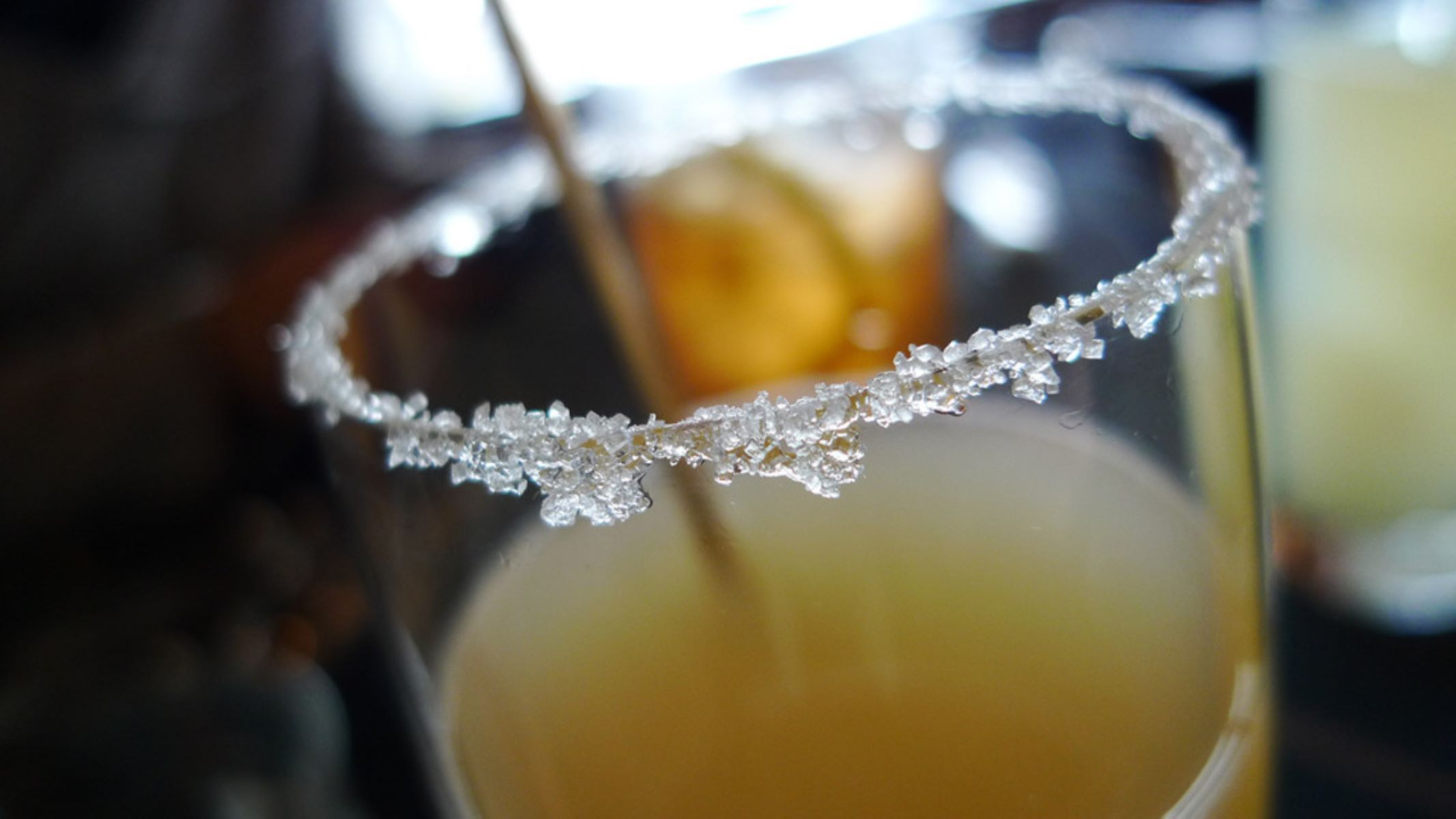
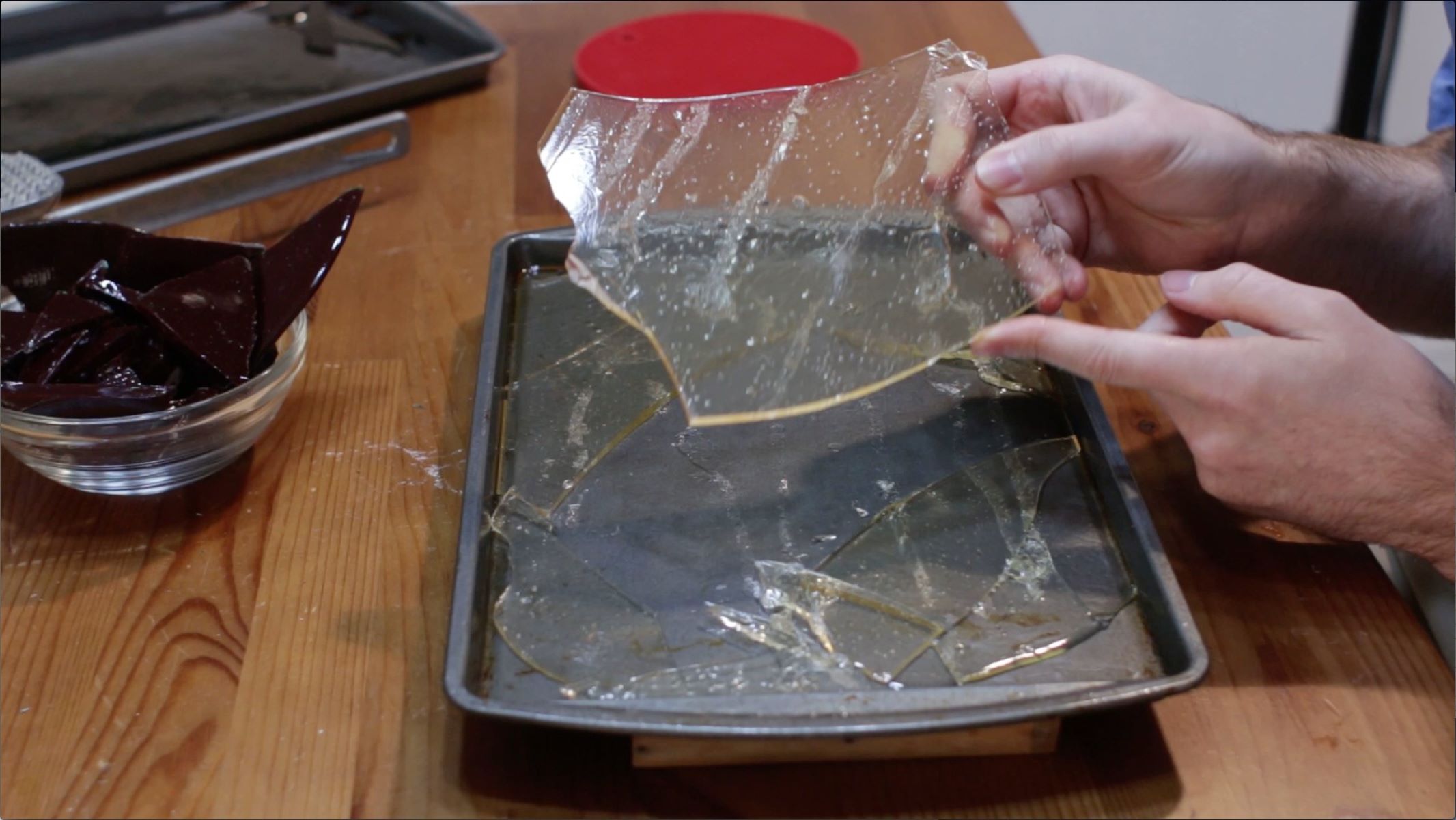
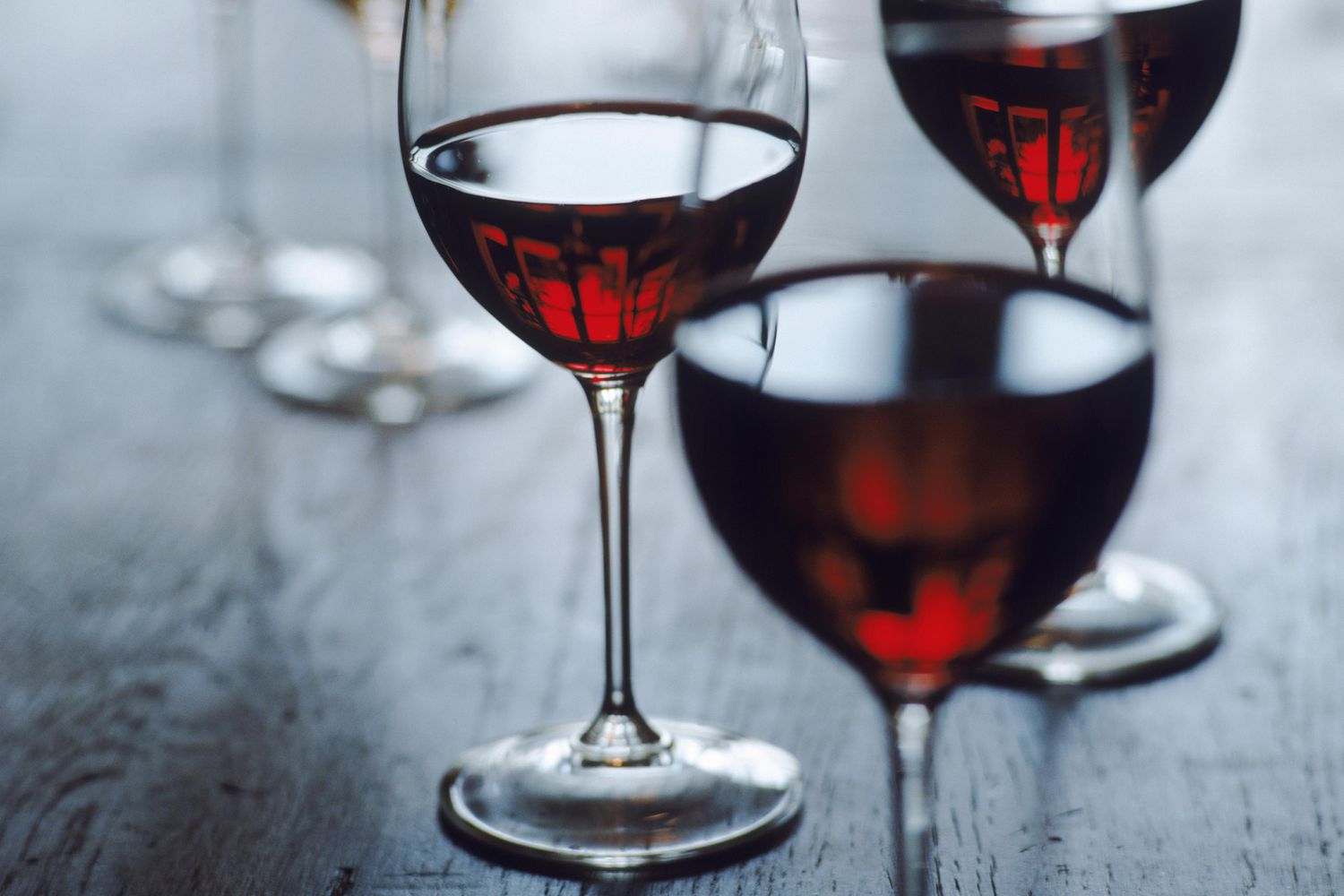



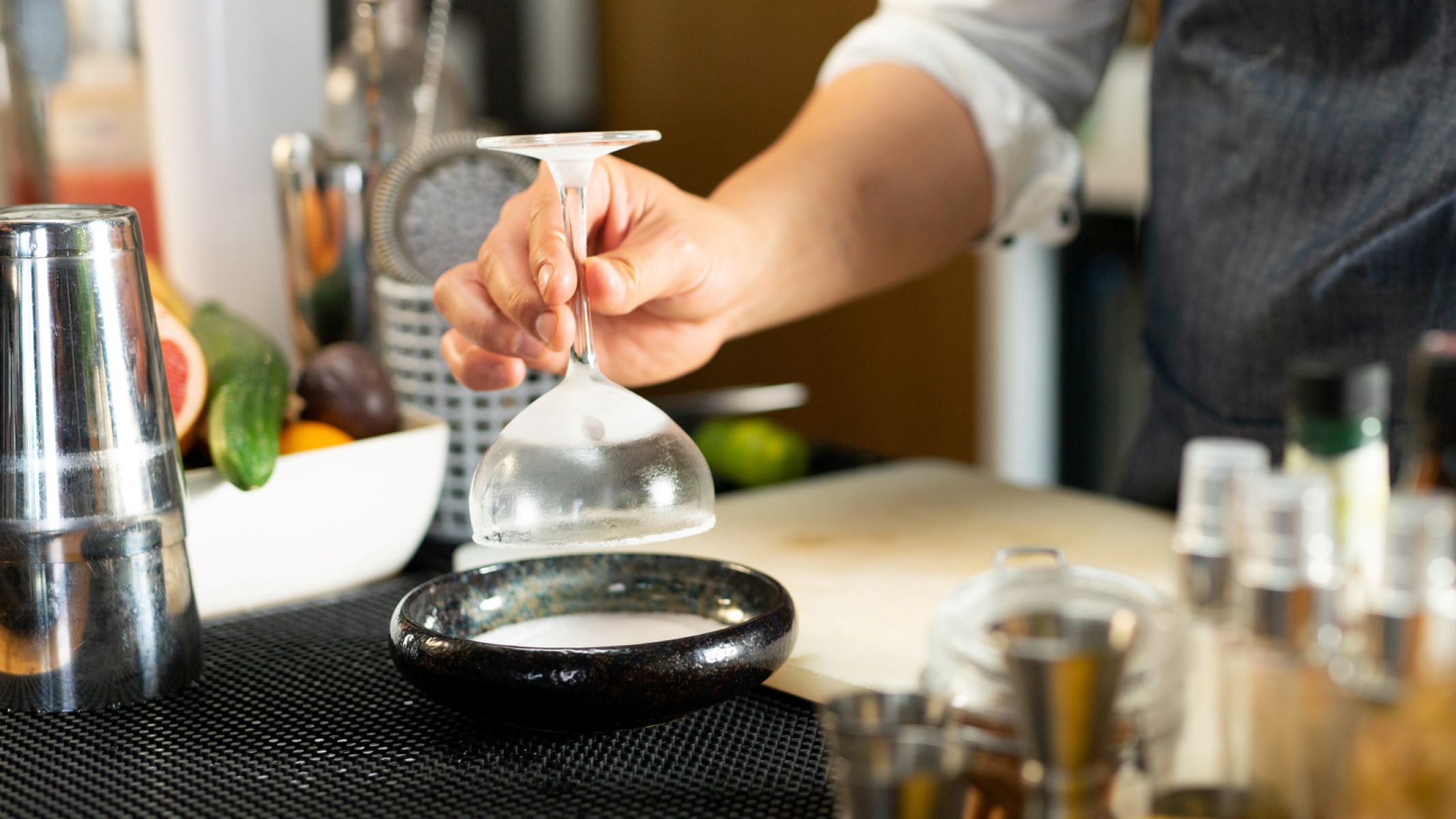

0 thoughts on “How Much Sugar In A Glass Of Sauvignon Blanc”